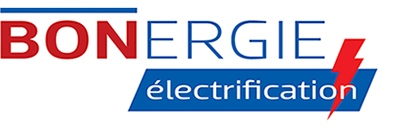
Solar energy is increasingly finding its way into the drinking water supply of villages and communities. Here, mostly very large electric or diesel pumps are used to pump the water into large reservoirs, which are responsible for the distribution of drinking water for sometimes very many villages. The costs for diesel or electricity are difficult to bear for the communities or the operators of the large pumps, despite selling the water to the inhabitants. Reserves for maintenance often cannot be built up at all.
A solar installation as a hybrid solution is a good alternative. The costs for the solar installation are amortized very quickly and the bills for electricity or diesel are greatly reduced. In addition, a solar installation makes the power supply for the large pumps much more resilient, since the operators are not only dependent on the state power supply or the diesel pumps, which can also fail.

The large water tower of the Taiba Ndiaye community, which supplies a total of 24 villages with drinking water.
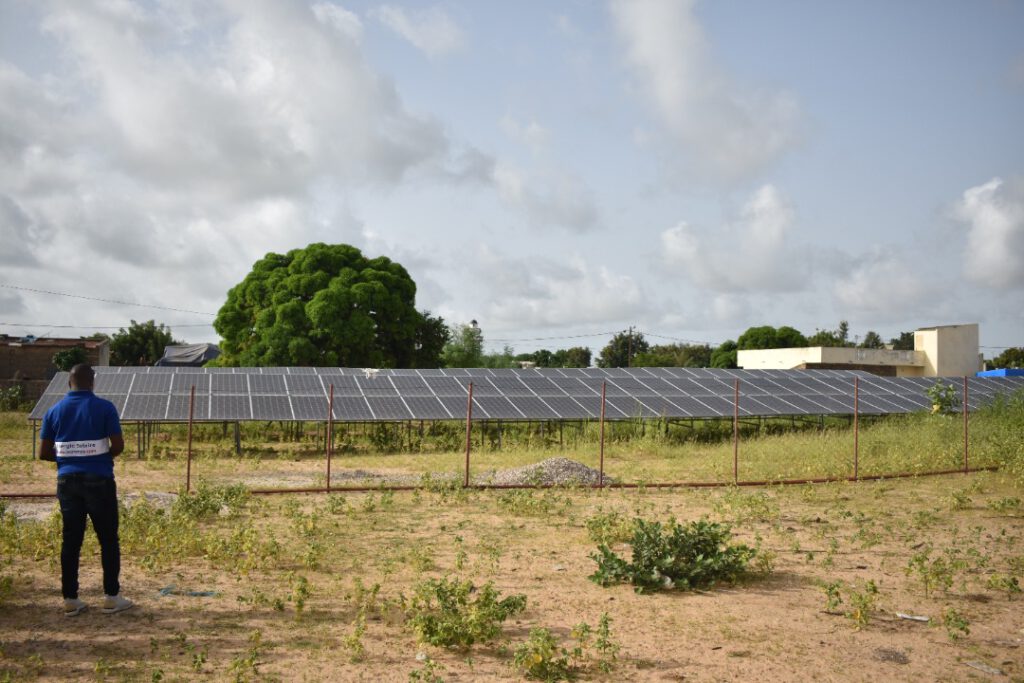
The solar installation in Taiba Ndiaye is 88 kWc. It provides power for two electric pumps of 30kW and 37kW.

One of the large electric pumps in Taiba Ndiaye.

Bonergie’s chief engineer Valéry Mendy explains to the pump park operator how to use the RSI 45 Kw- Renewable Solar Inverter from Grundfos. The RSI converts direct current CC to alternating current AC, mostly 380 volts for the machines.
Bonergie’s focus is on selling solar solutions that specifically enable small and medium enterprises to build their businesses and generate income, especially in areas that do not have access to electricity or for which the cost of electricity is too high to be profitable.
Processing or transforming food adds value and can significantly increase income. This requires machines and they need electricity. Here are two examples of solar installations for transformation centers run by dynamic women’s organizations.
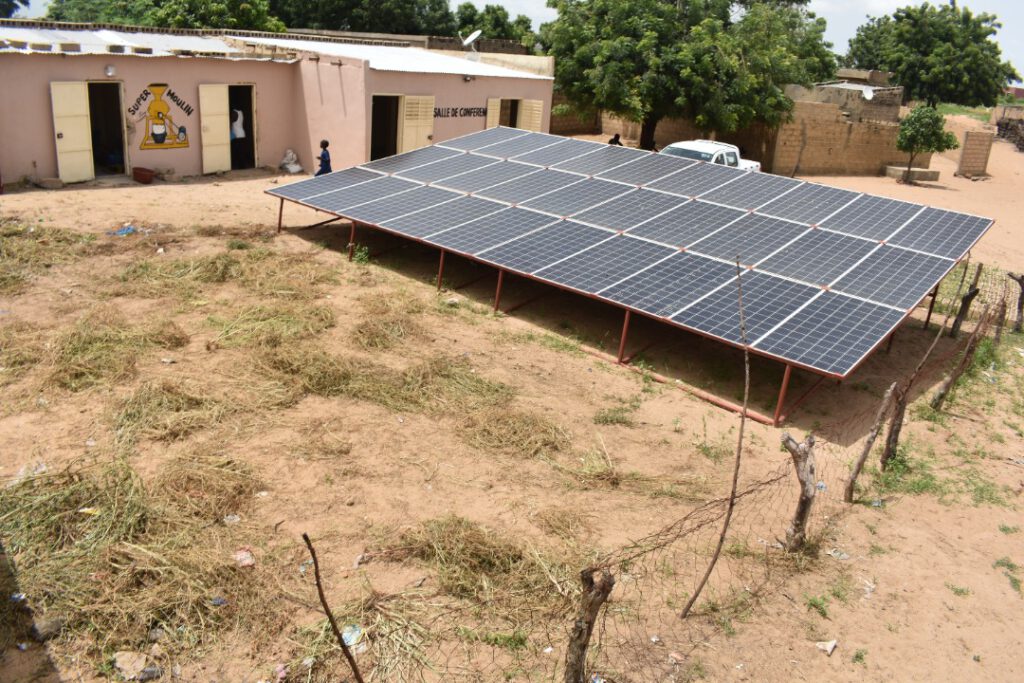
Transformation center in Pamene, Thiès with 11 kWc solar installation.

A mill for millet and a shelling machine.
The women operate several machines simultaneously during the day.
A battery park ensures that even with little sunlight or in the evening the women of the transformation center can work.
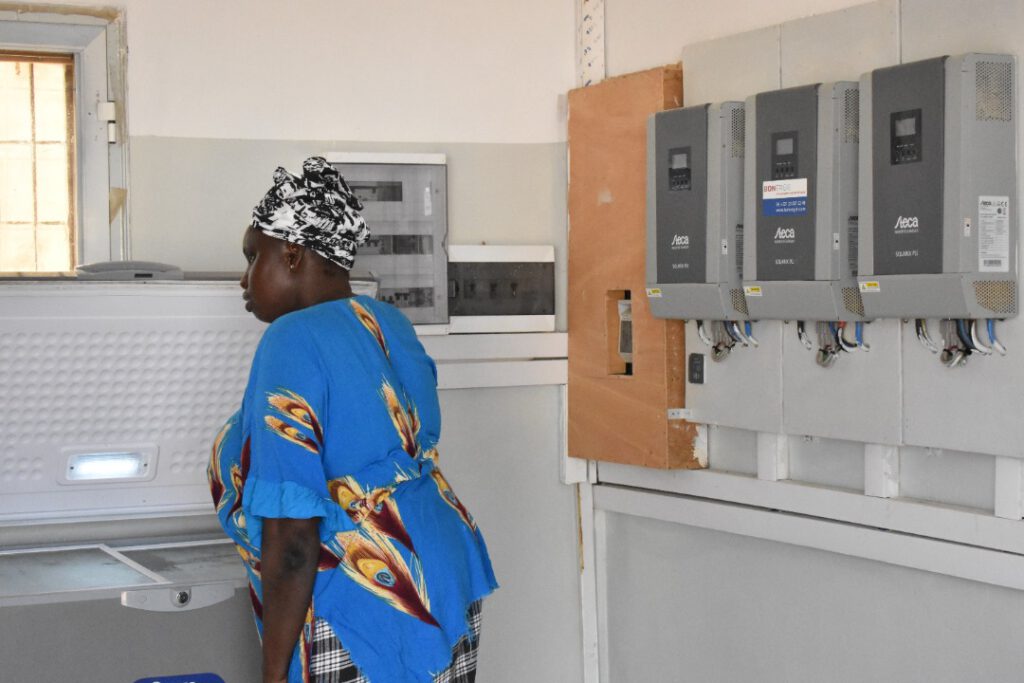
Three three-phase inverters from Steca, each with 5000 watts, are part of the electronics for the machines and the refrigerator and freezer with which the women sell refrigerated products.

The battery park of the transformation center with HOPPECKE batteries OPzS VL 2-1520 Ah C100.
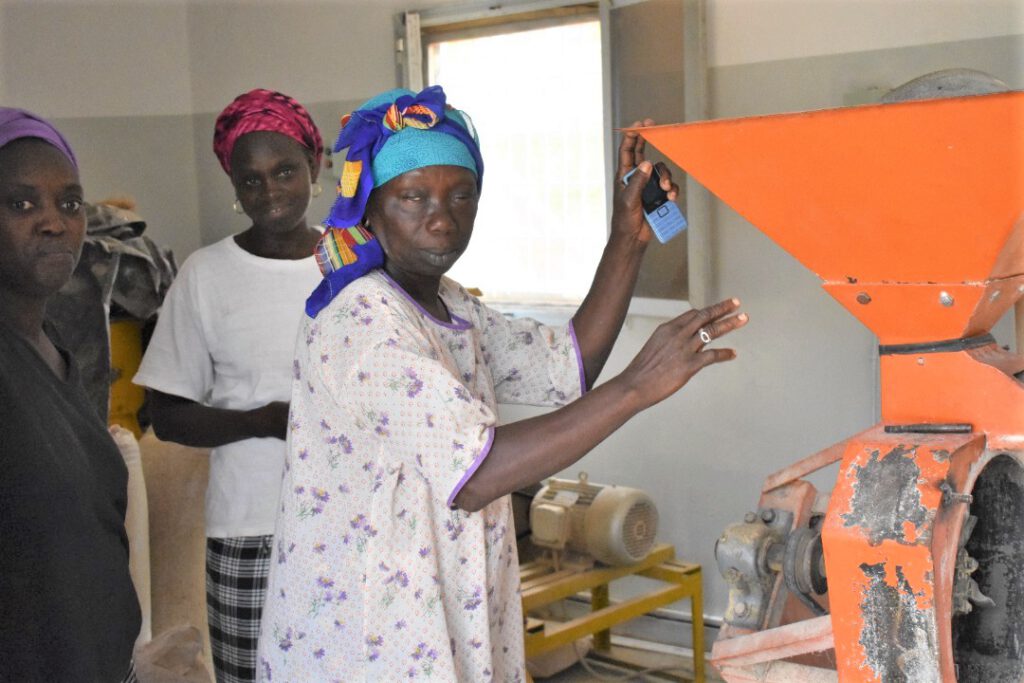
The women of the transformation center are very satisfied with their machines and the electricity from the solar system
If you wish to realize such a project, you can ask for technical details and a offer here an.
Bonergie offers two models for Steca brand solar refrigerators and freezers.
The models PF 166 and PF 240 are perfect for cooling and freezing food, but also for cooling medicines and vaccines. Especially the use for cooling food is very suitable for the creation of small businesses. Selling ice cream, cool drinks, frozen fish and chicken is very good to generate income, especially in areas without access to electricity
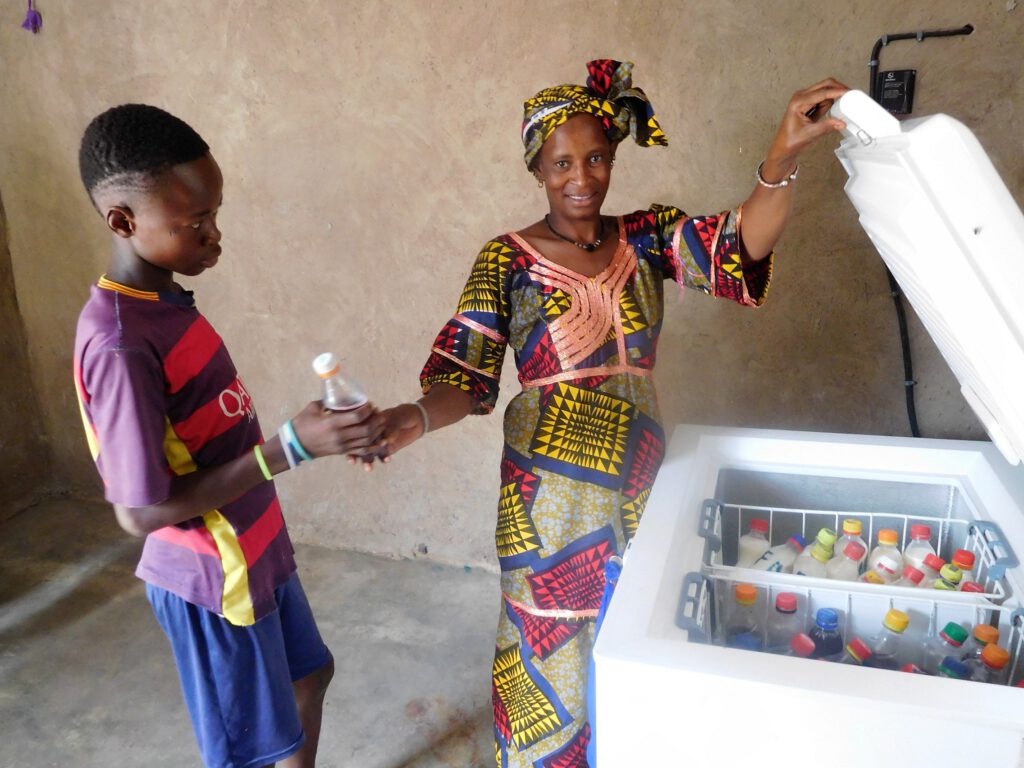
Selling cool drinks, ice, chilled food, etc. generates income, even in areas without access to electricity

The solar refrigerator and freezer from Steca is very suitable for refrigeration of medicines and vaccines, because it allows the temperature to be set precisely.

Bonergie is not the only one convinced of the quality of Steca’s solar refrigerators. Global Leap awarded the PF 166 model as the winner of their market study “Byers Guide for outstanding OFF Grid Refrigerators”.
If you would like a quote for the Bonergie solar and freezer refrigerators from Steca, please contact us..